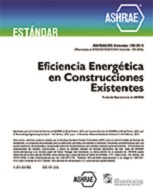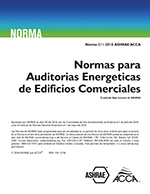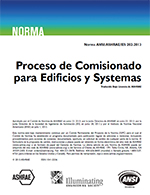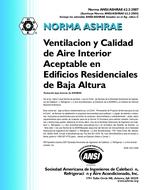Description
Contemporary strategies for energy efficient buildings combine advanced passive design with active HVAC systems. The combination of the two is supposed to yield better energy efficiency. However, after the building is designed, several other factors will significantly affect the actual energy balance of the building. If not operated according to the design, passive design strategies could reverse energy savings to energy consumptions. In this investigated case the quality of reinstallation and maintenance, the occupants’ unawareness of the passive design strategy and the need for a smart control system are the key factors.
This paper aims to discuss and quantify how these behavioral factors affect building energy efficiency based on comprehensive data collected in a relocated 2009 US DOE Solar Decathlon house over a 2-year period.The Solar Decathlon house which already achieved net-zero during the competition is now located in an extreme climate with cold winter and hot summer. The building is utilized as a community lab to study energy efficiency potential while integrating passive design and active HVAC systems. It is now operated with a conventional cooling system, radiant floor heating and solar hot water system. The expected energy load is simulated based on this setup and the altered program of office space instead of residential also has significant effect. Reliable data is provided by a state of the art data acquisition system.
By comparing the simulated performance and measurements, it is found that inappropriate installation resulted in difficulties with the operation of passive cooling strategies; underperformance of the solar hot water tank due to low tank temperature settings, which caused the backup electrical heater to consume up to 90% of all energy in winter. The occupants’ unawareness of passive design strategy sometimes activates the passive heating still in the summer without need. Operating the cooling system without utilizing the proposed natural ventilation strategy creates more than 20% extra cooling load.
In the past two years, the improper operations of the building were intervened a few times through email communication and onsite demonstrations. All of these factors call for further education for technicians and users. Smart control design for mechanical system should also be considered. Energy efficiency does not stop with the design phase, but has to be implemented in the operation and maintenance phase of a building.
Citation: ASHRAE Papers CD: 2014 ASHRAE Annual Conference, Seattle, WA
Product Details
- Published:
- 2014
- Number of Pages:
- 8
- File Size:
- 1 file , 950 KB
- Product Code(s):
- D-SE-14-C063




